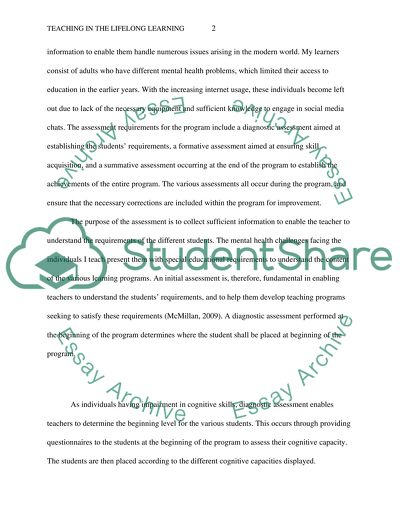Cite this document
(“Teaching in the Lifelong Learning Dissertation Example | Topics and Well Written Essays - 3000 words”, n.d.)
Teaching in the Lifelong Learning Dissertation Example | Topics and Well Written Essays - 3000 words. Retrieved from https://studentshare.org/education/1479487-teaching-in-the-lifelong-learning
Teaching in the Lifelong Learning Dissertation Example | Topics and Well Written Essays - 3000 words. Retrieved from https://studentshare.org/education/1479487-teaching-in-the-lifelong-learning
(Teaching in the Lifelong Learning Dissertation Example | Topics and Well Written Essays - 3000 Words)
Teaching in the Lifelong Learning Dissertation Example | Topics and Well Written Essays - 3000 Words. https://studentshare.org/education/1479487-teaching-in-the-lifelong-learning.
Teaching in the Lifelong Learning Dissertation Example | Topics and Well Written Essays - 3000 Words. https://studentshare.org/education/1479487-teaching-in-the-lifelong-learning.
“Teaching in the Lifelong Learning Dissertation Example | Topics and Well Written Essays - 3000 Words”, n.d. https://studentshare.org/education/1479487-teaching-in-the-lifelong-learning.


